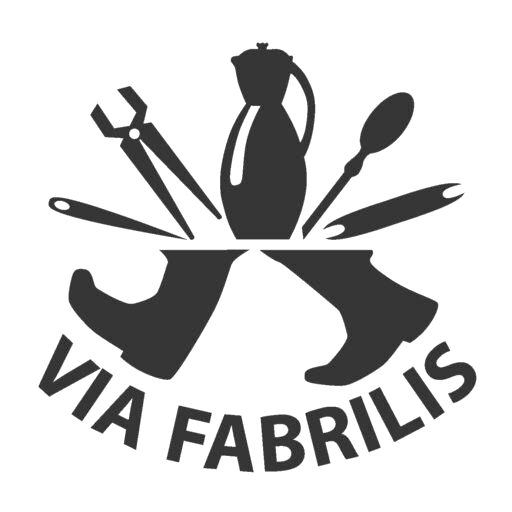1 Plac Wolności (the Town Hall)
59-600 Lwówek Śląski
phone: +48 75 782 45 44 ext. 25
e-mail: phm@bibliotekalwowecka.pl
www.bibliotekalwowecka.pl/
opening hours:
Tuesday – Friday: 9.00 – 17.00 (tour starting hours: 9.30, 11.00, 12.30, 14.00, 15.30, May 15 – September 30)
Tuesday – Friday: 9.00 – 16.00 (tour starting hours: 9.00, 10.30, 12.00, 13.30, 15.00, October 1 – May 14)
Saturday: 9.00–14.00 (tour starting hours: 9.30, 11.00, 12.30)
priority of visits after telephone booking


The Historical and Museum Centre operates within the structure of the Lwówek Public Library. Permanent and temporary exhibitions are presented in the interiors of the magnificent town hall, whose construction was supervised by one of the most outstanding Renaissance architects in this part of Europe – Wendel Rosskopf. In the main exhibition hall there is a collection presenting the city’s history and cultural heritage. Lwówek received municipal rights as early as in 1217 and went through a period of robust growth, one of the assets being the local gold mine. Soon, Lwówek obtained other privileges, including the right to brew beer, which became famous beyond Lower Silesia and enjoyed unflagging recognition for centuries.
In the second half of the 18th century, based on that centuries-old tradition, a municipal brewery was established in the place of the former duke’s castle. At the end of the 18th century, it was the largest production facility in the town, and 20 years later its capacity was over 2,000 achtel (nearly 7,500 litres) of beer per year. The plant was initially managed by a brotherhood consisting of the most influential townspeople. In 1871, it was taken over by Julius von Hohberg and belonged to his family until World War II, becoming one of the most valued Silesian breweries. A part of the exhibition presented in the Lwówek town hall is devoted to brewing. One can see, among others, bottles, crates and barrels from the local brewery, as well as beer mugs.
Cloth-making and weaving also developed in Lwówek. In the 16th century, as noted by the chroniclers, most of the 8,000 inhabitants made a living from the production of cloth, and there were as many as 450 cloth-making, weaving and dyeing workshops in the city. There were also stone mining and processing plants in Lwówek. Referring to old traditions, during the annual Lwówek Agate Summer, exhibitions of minerals from both the region and the whole world are presented in the town hall.







